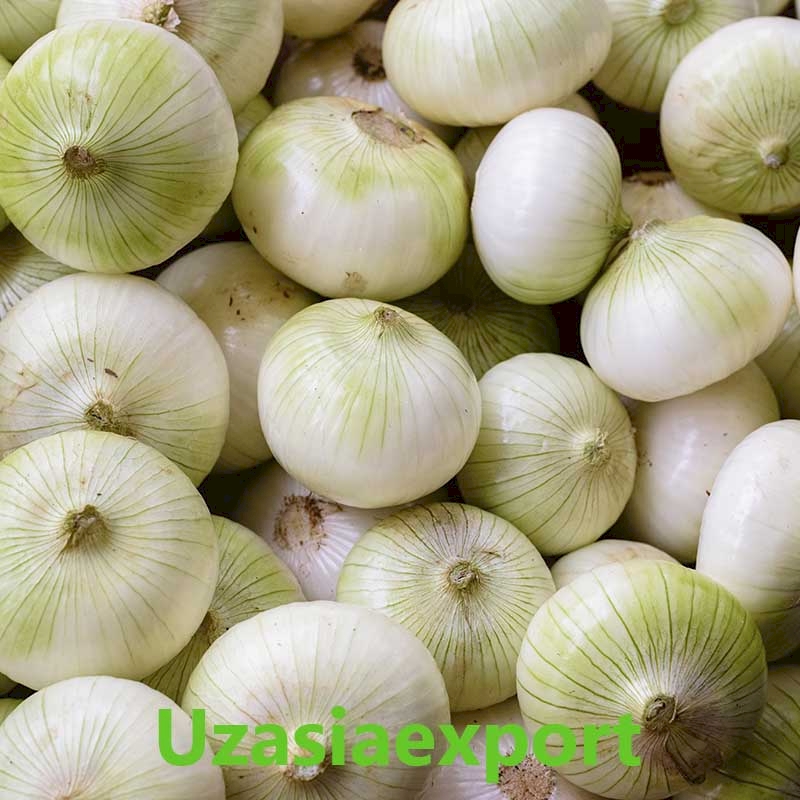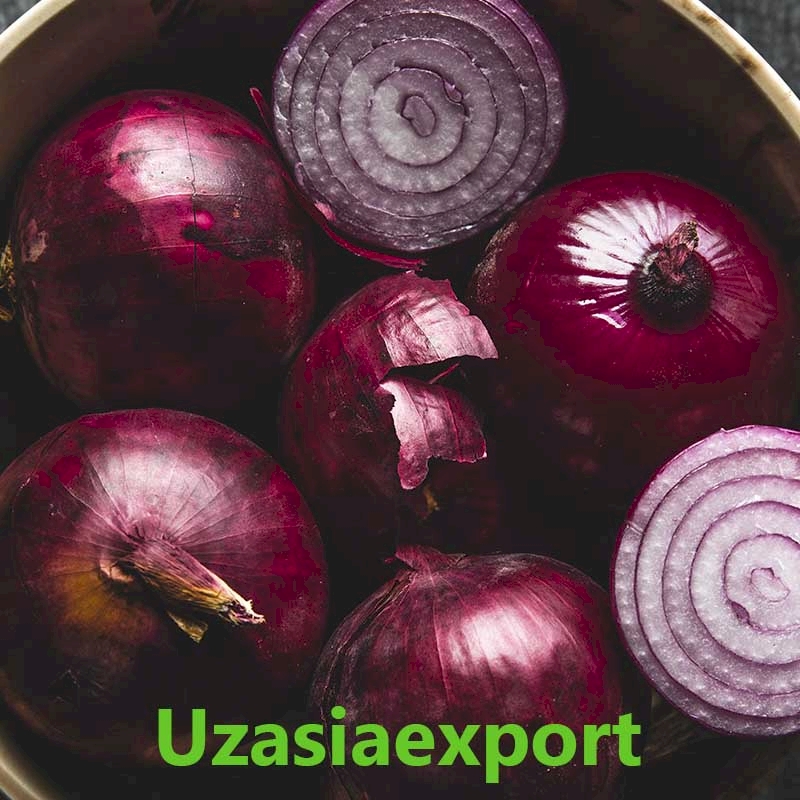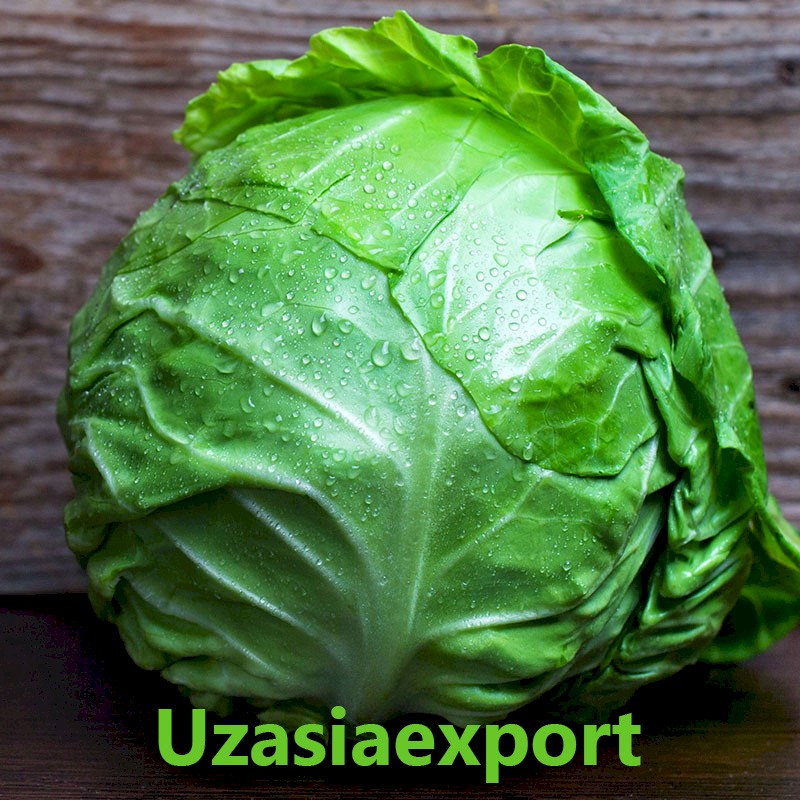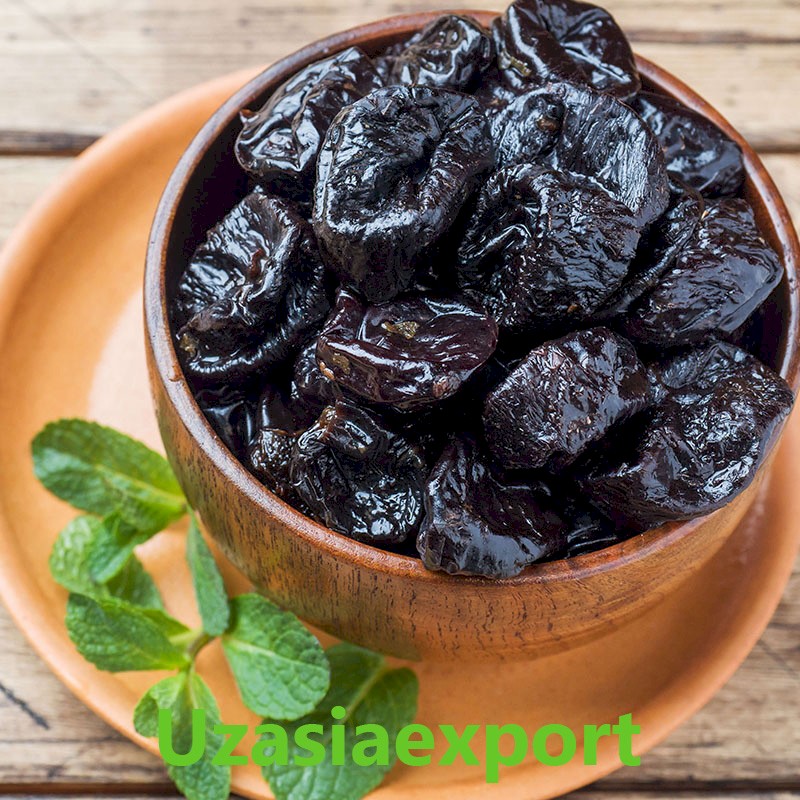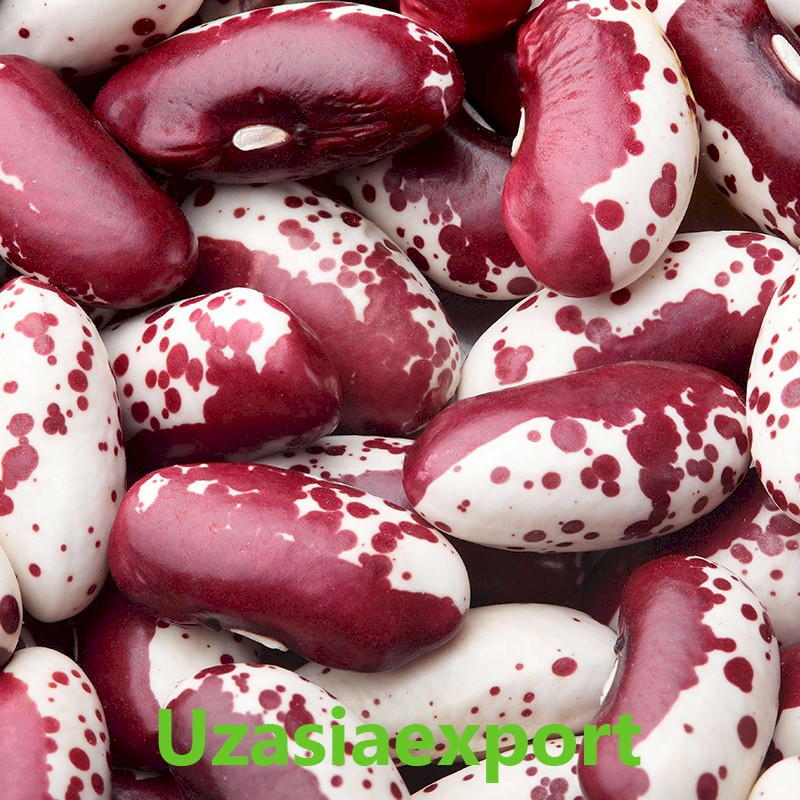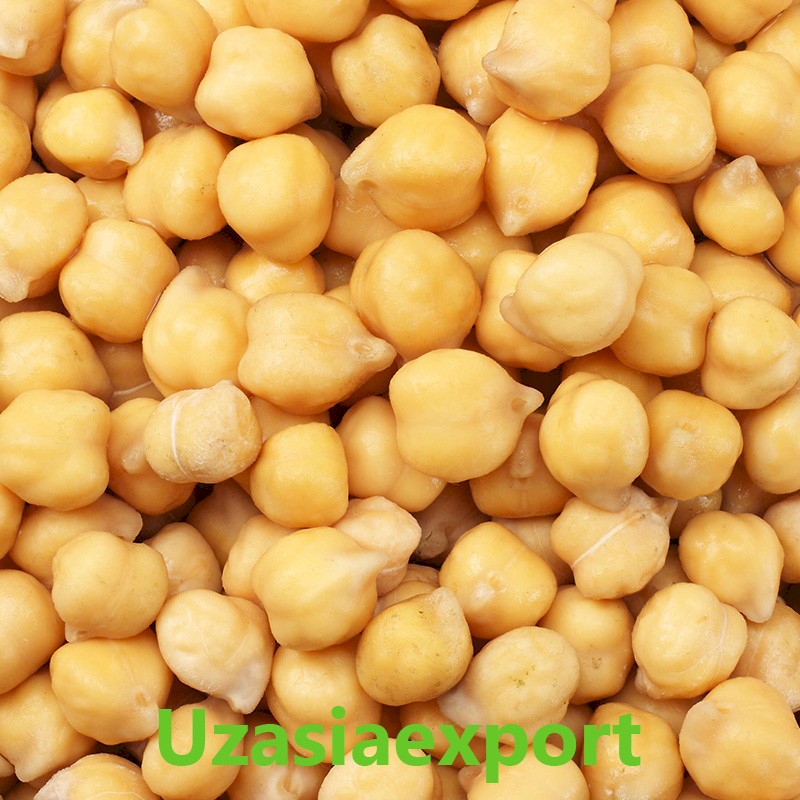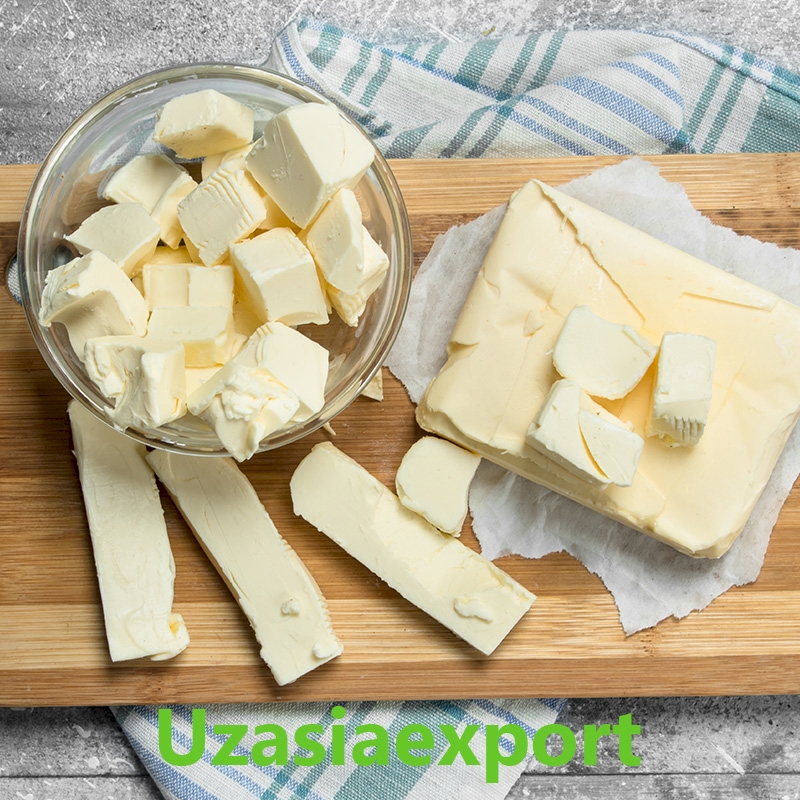Onion
-
Product category: Vegetables
-
Species (Varieties): Green onions (Scallions) Sweet onions Red onion White onion Yellow onion
Suppliers:0
Small description
Representatives and significance. Onions belong to the class of monocotyledonous vegetables, the family of liliaceae (Liliaceae) and common (head) onion (A. sera L.), garlic (A. sativum L.), leek (A. porrum L.), batun onion ( A.fistulosum L.), shnitt-pièz (A.schoprasum L.), cupyarous onion (A.proliferumschrad), shallot onion (A.ascalonicum L.), slimy onion (A.nutans L.), anzur onion and types include. The most important of these are simple spring onion and garlic onion.
ONION (Allium cepa)
Onion heads and green leaves are a year-round vegetable that contains a lot of nitrogenous substances (1.7-2.5%), sugars, essential oils, vitamins, enzymes, calcium and phosphorus salts. Essential oils give them a unique smell and a sharp taste. Depending on the amount of essential oils contained in ordinary (head) onions, they are divided into 3 groups: 1. Spicy (it contains a lot of essential oils, i.e. more than 0.5 grams per 1 kg of onion). 2. Half bitter (essential oils are from 0.5 to 0.3 grams in 1 kg of onion). 3. Sweet onions (essential oils are up to 0.3 grams in 1 kg of onions). According to N.N. Balashev (1977), onion varieties grown in Uzbekistan contain 14.0-16.5% dry matter, 7.8-11.1% sugar, including 4.8-8.2% sucrose, contains 1.4-6.90 mg % vitamin C. Green leaves contain 19-57 mg of vitamin C and are rich in vitamins A1, V1, and B2. Out of these, small amounts of citric and malic acids are contained in the external onion, and yellow quartzite is present in the external dry pods.
Onions and garlic have been used in food since ancient times (since 6000 years ago). They are eaten fresh, they are widely used as a seasoning for various dishes, in the canning industry, and for the preparation of sausages. Due to their high phytoncide properties and the ability to dissolve lime accumulated in the body, the drug prepared from them is used in medicine for the treatment of gastrointestinal diseases, respiratory organs, nervous and cardiovascular systems.
Planting period. In Uzbekistan, onions are planted in three periods: in early spring: January 5-25 in the southern regions; February 20-March 10 in the central regions; March 5-25 in the northern regions. in the summer-autumn period: August 15-30 in northern regions, August 15-September 10 in other regions. Before winter, during the ninety-first period, the central regions are planted from November 15 to December 15; the northern regions are planted on November 1-15. Onions planted in early spring are better stored in winter than those planted in summer-autumn and before winter. Therefore, it is used for winter storage.

Suppliers of this product
Shown 0 goods from 0
Hot deals
Popular products currently available




